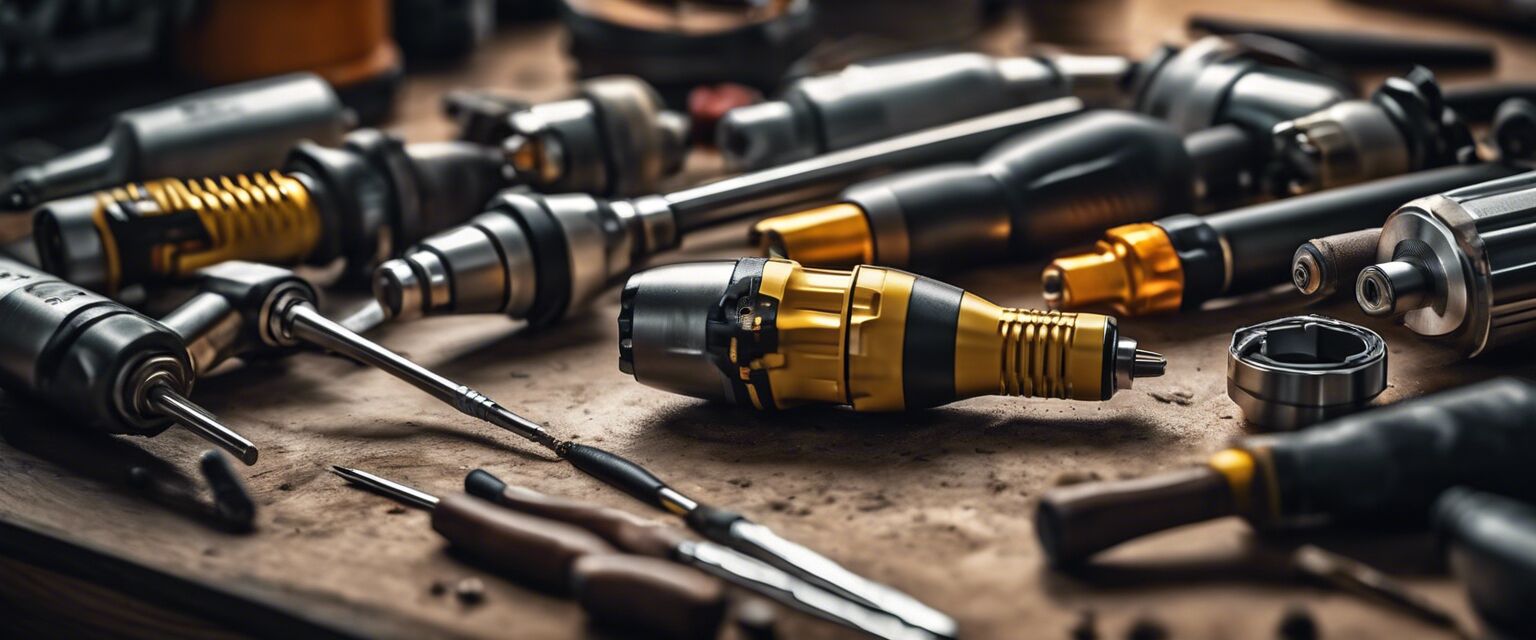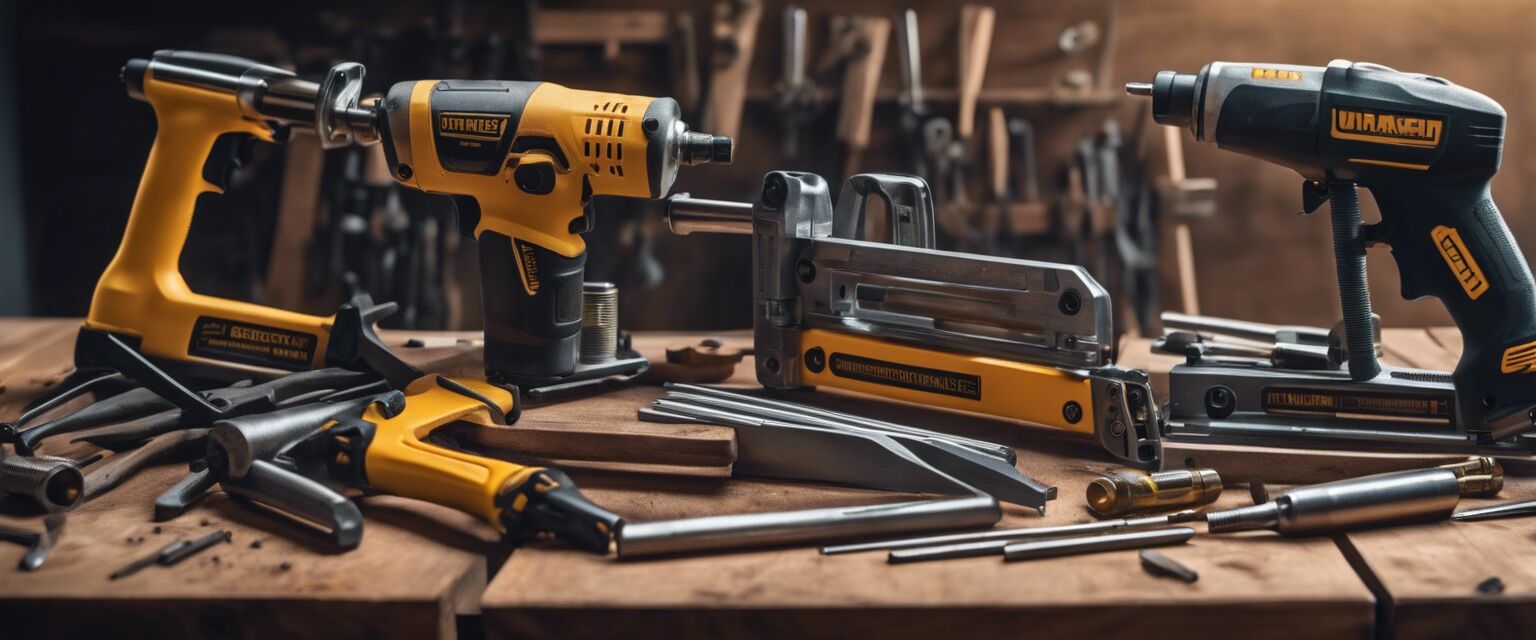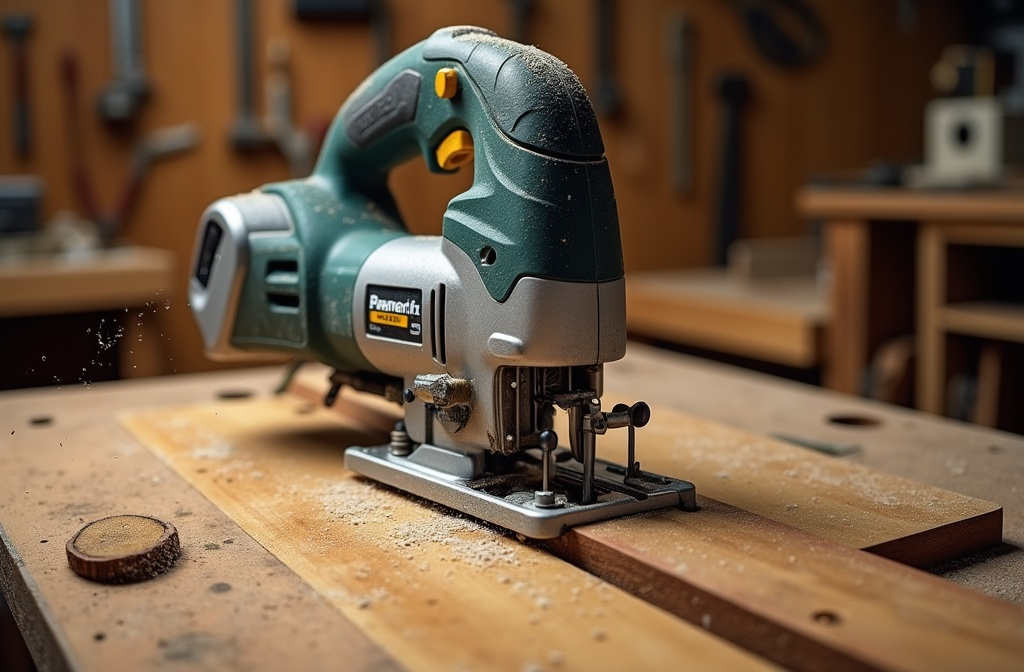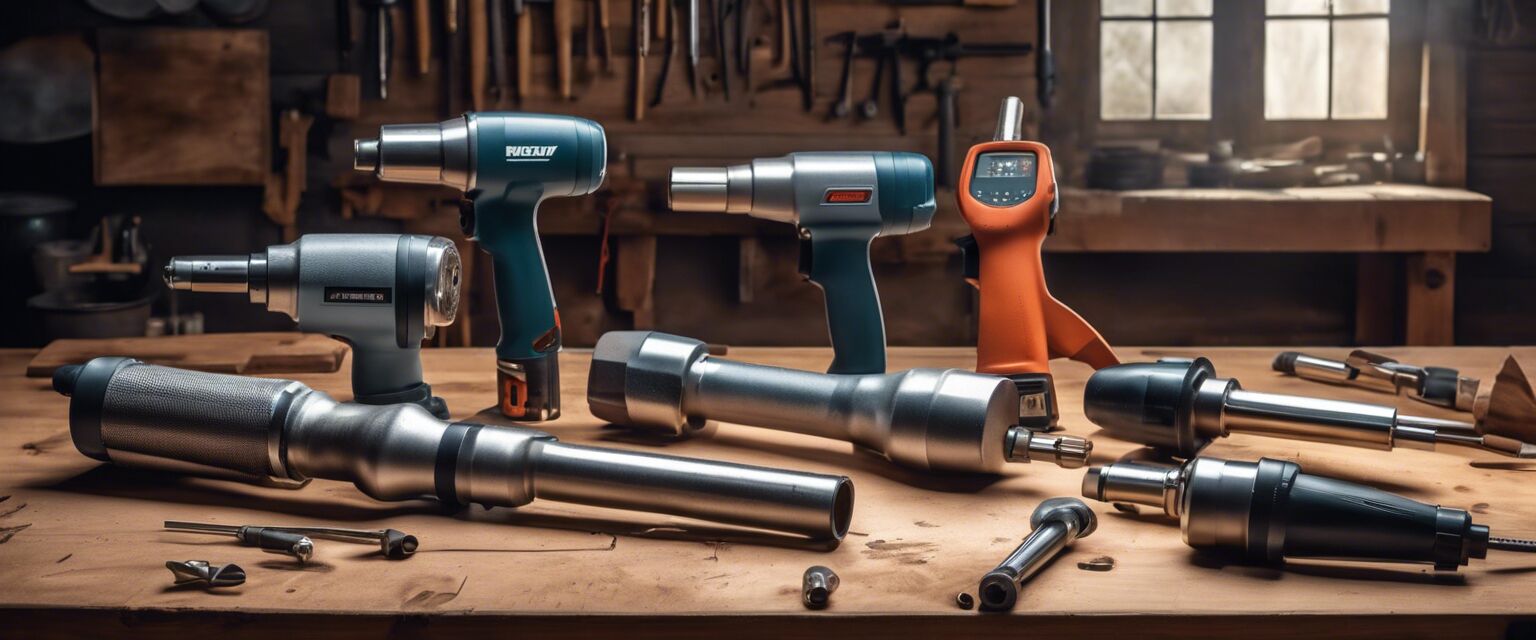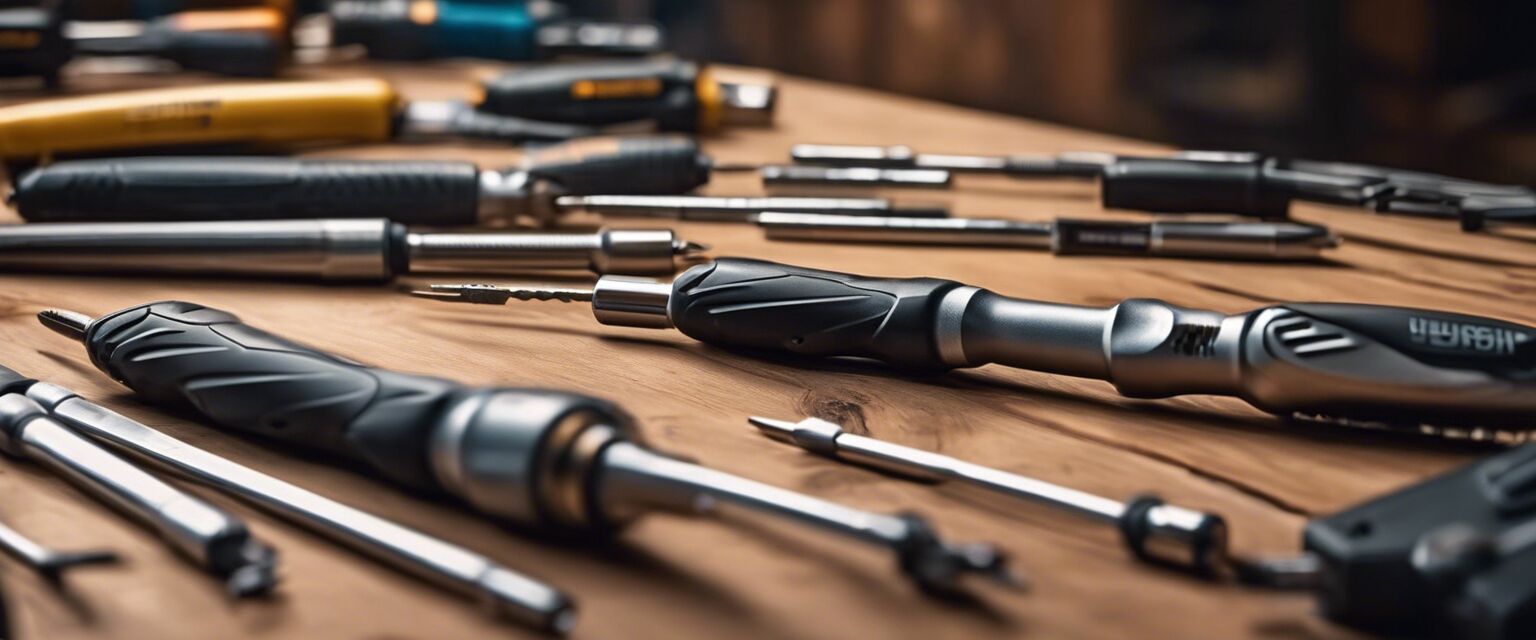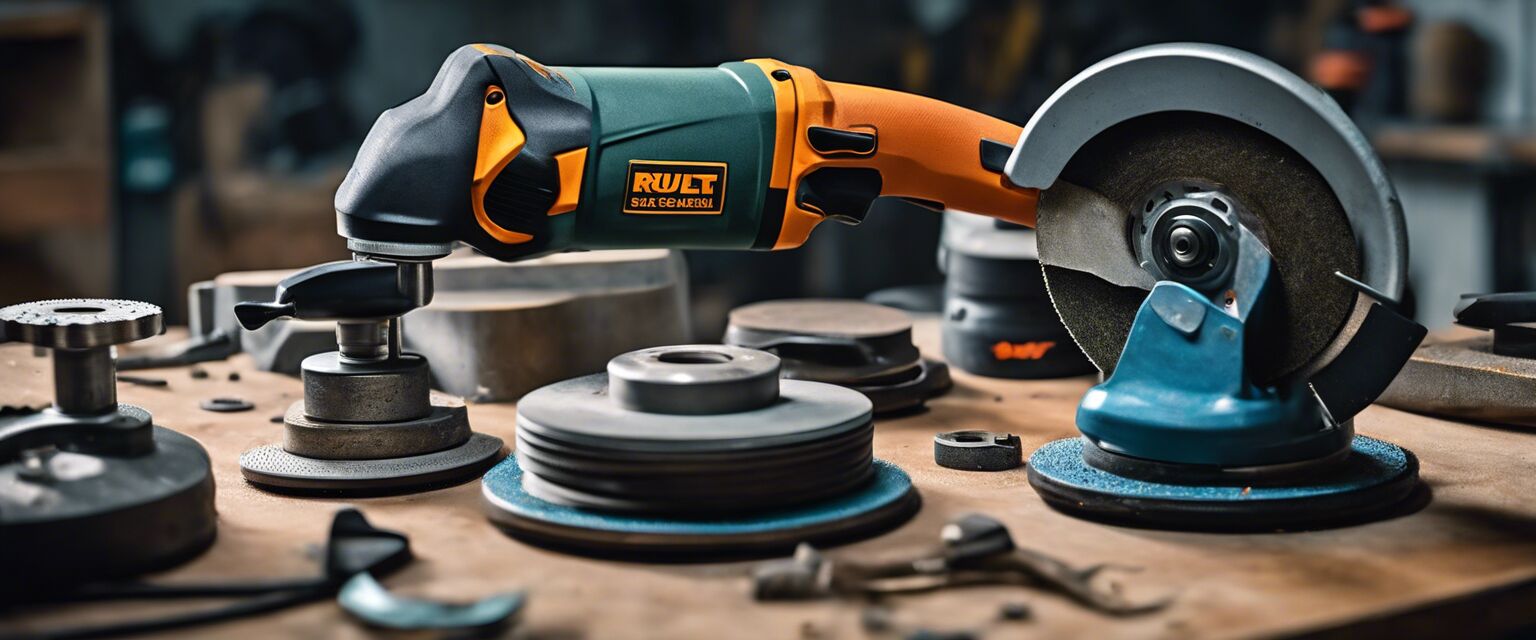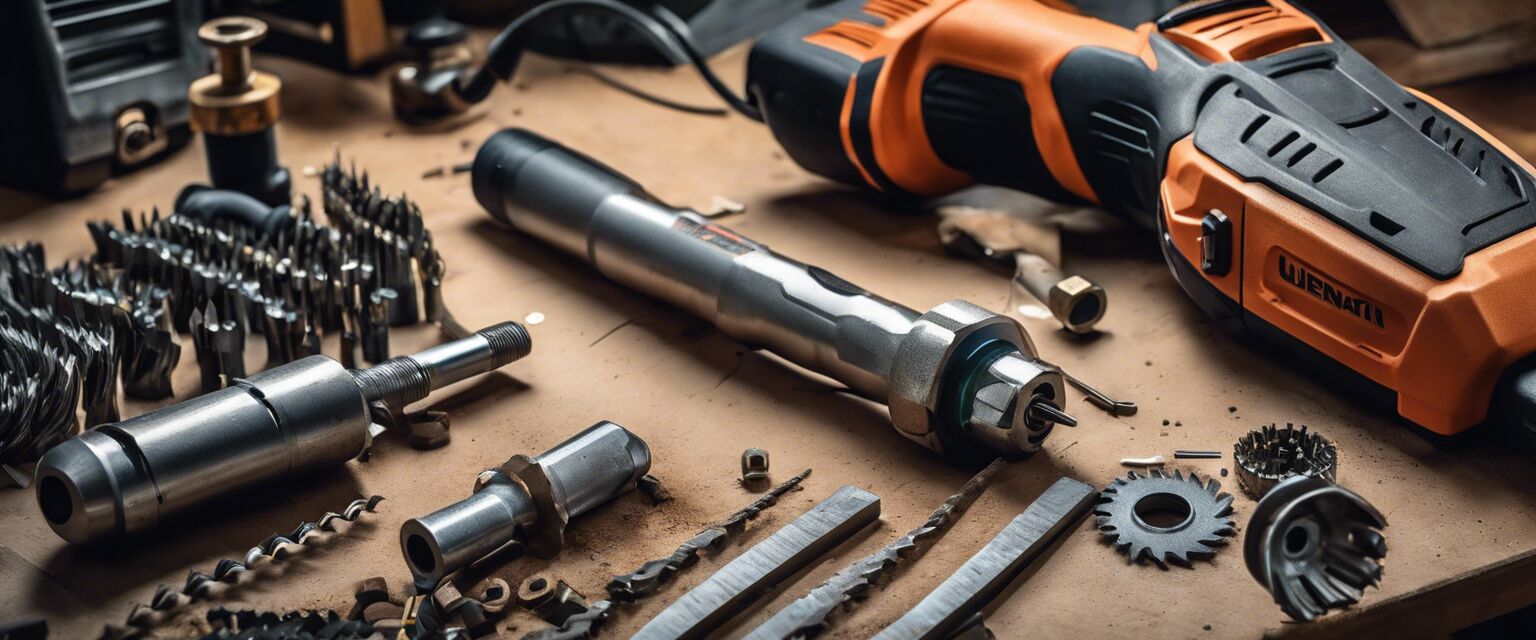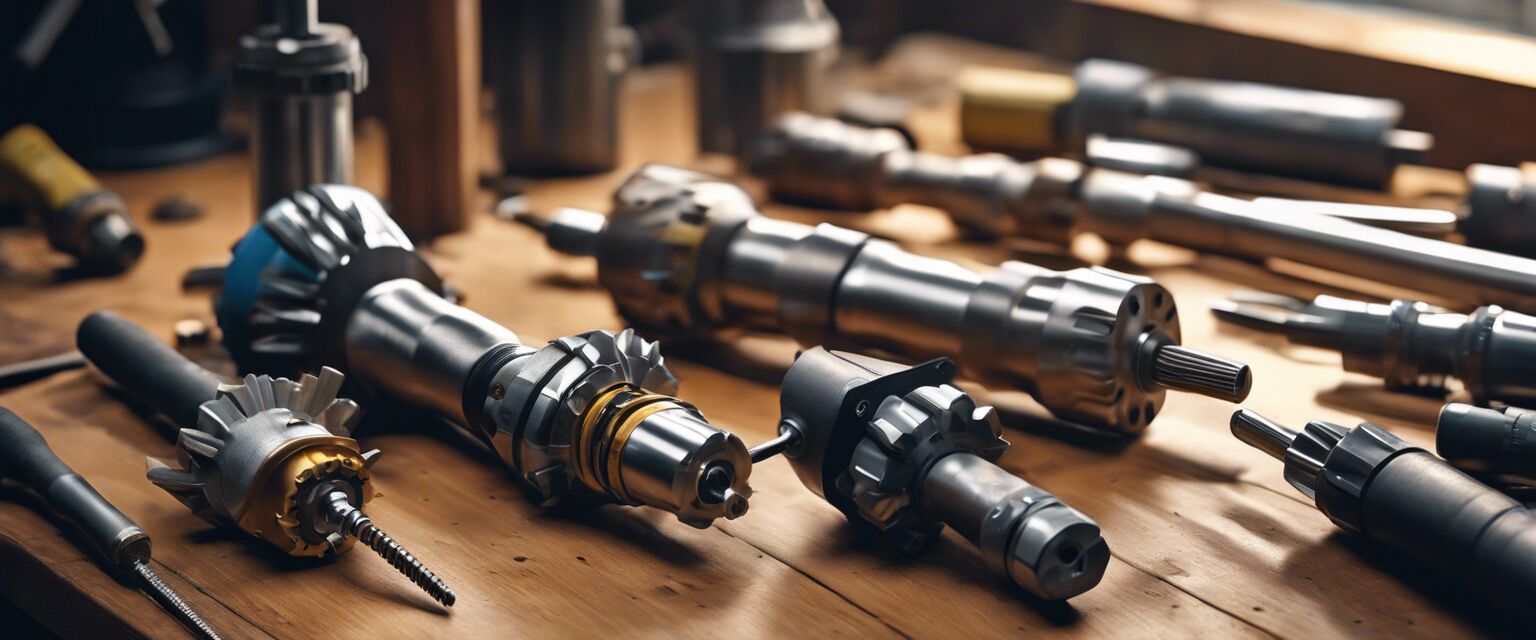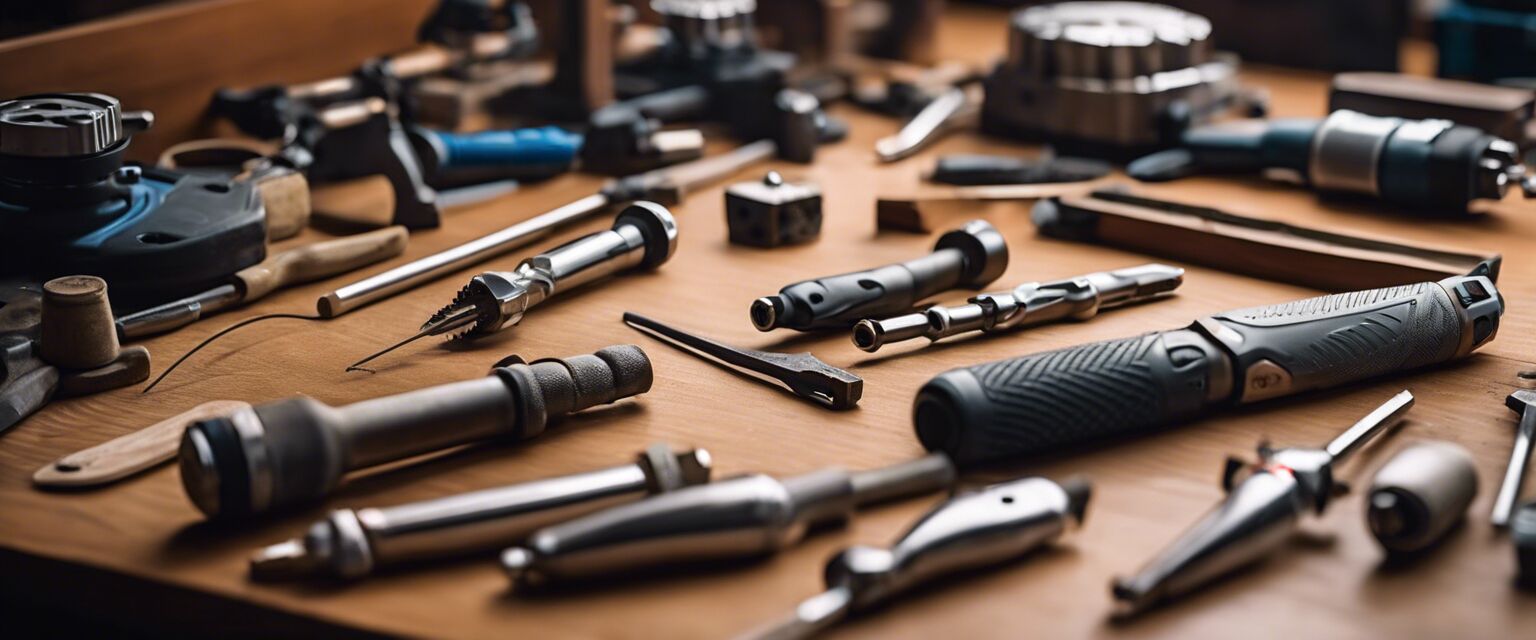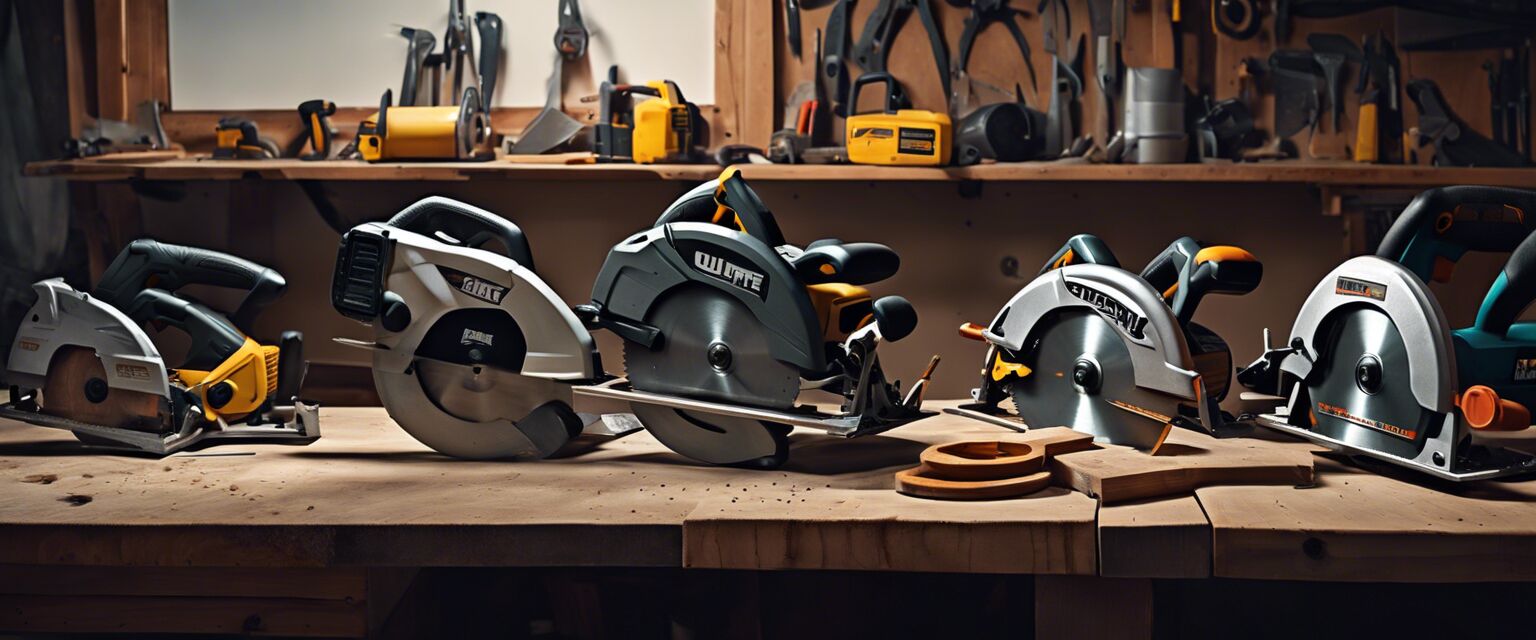
Circular Saws
Key Takeaways
- Circular saws are versatile tools ideal for contractors and DIY enthusiasts.
- Understanding the different types and features can help you choose the right circular saw.
- Safety should always be a priority when operating circular saws.
- Regular maintenance will prolong the life of your circular saw.
Circular saws are among the most essential tools in any woodworker's or contractor's arsenal. Their versatility makes them suitable for a variety of cutting tasks, from simple home projects to complex constructions. In this article, we will explore the different types of circular saws, their features, safety tips, and maintenance practices. Whether you are a seasoned contractor or a DIY enthusiast, this guide will provide valuable insights.
Types of Circular Saws
There are several types of circular saws, each designed for specific tasks. Here is a breakdown of the most common types:
| Type of Circular Saw | Description | Best For |
|---|---|---|
| Standard Circular Saw | A versatile saw used for various cuts. | General woodworking tasks. |
| Compact Circular Saw | Smaller and lighter, great for tight spaces. | DIY projects and smaller tasks. |
| Sidewinder Circular Saw | Features a motor mounted on the side. | Speedy cuts on framing and plywood. |
| Worm Drive Circular Saw | Offers more torque and power. | Heavy-duty applications and thick materials. |
| Track Saw | Guided by a track for precision cuts. | Large panels and sheet goods. |
Key Features to Consider
When selecting a circular saw, there are several key features to keep in mind:
- Blade Size: Common sizes are 7-1/4 inches for standard cuts and 6-1/2 inches for compact saws.
- Power Rating: Measured in amps, higher ratings indicate more power for tougher cuts.
- Bevel Capacity: Look for saws that can bevel up to 45 degrees for angled cuts.
- Weight: Lighter saws are easier to handle but may have less power.
- Safety Features: Check for features like electric brakes and blade guards.

Safety Tips for Operating Circular Saws
Safety should always be your priority when using power tools. Here are essential tips for operating circular saws:
- Always wear safety goggles and hearing protection.
- Inspect the saw and blade for damage before use.
- Keep hands and body away from the cutting line.
- Use a steady, firm grip while cutting.
- Disconnect the power source when changing blades.
Maintenance Practices
Regular maintenance will help extend the life of your circular saw. Follow these practices:
- Keep the blade clean and sharp for optimal performance.
- Check and tighten all screws and bolts regularly.
- Store the saw in a dry place to prevent rust.
- Lubricate moving parts per the manufacturer's instructions.

Comparing Circular Saws
To help you make an informed decision, weâve compiled a comparison table of popular circular saws in the market. This will highlight their features and specifications:
| Model | Blade Size | Power (Amps) | Weight | Bevel Capacity |
|---|---|---|---|---|
| Model A | 7-1/4 inches | 15 Amps | 10 lbs | 0-45 degrees |
| Model B | 6-1/2 inches | 12 Amps | 7 lbs | 0-50 degrees |
| Model C | 7-1/4 inches | 13 Amps | 9 lbs | 0-45 degrees |
| Model D | 6-1/2 inches | 10 Amps | 6 lbs | 0-45 degrees |
Conclusion
Circular saws are a must-have for anyone serious about woodworking or construction. By understanding the various types, features, safety protocols, and maintenance tips, you can make a well-informed decision that suits your needs. Remember to prioritize safety and care for your tools, and you will enjoy the benefits of your circular saw for years to come.
Beginners Section
If you're new to using circular saws, here are some quick tips to get you started:
- Practice on scrap wood to get comfortable with the saw.
- Always measure twice and cut once to avoid mistakes.
- Use clamps to secure your workpiece for stability.
- Familiarize yourself with the sawâs manual for specific instructions.
Pros
- Highly versatile for various cutting tasks.
- Portable and easy to use on-site.
- Available in various sizes and power ratings.
- Can be used for both DIY and professional projects.
Cons
- Can be dangerous if not used properly.
- Dust and debris can be a concern during use.
- Learning curve for beginners.
